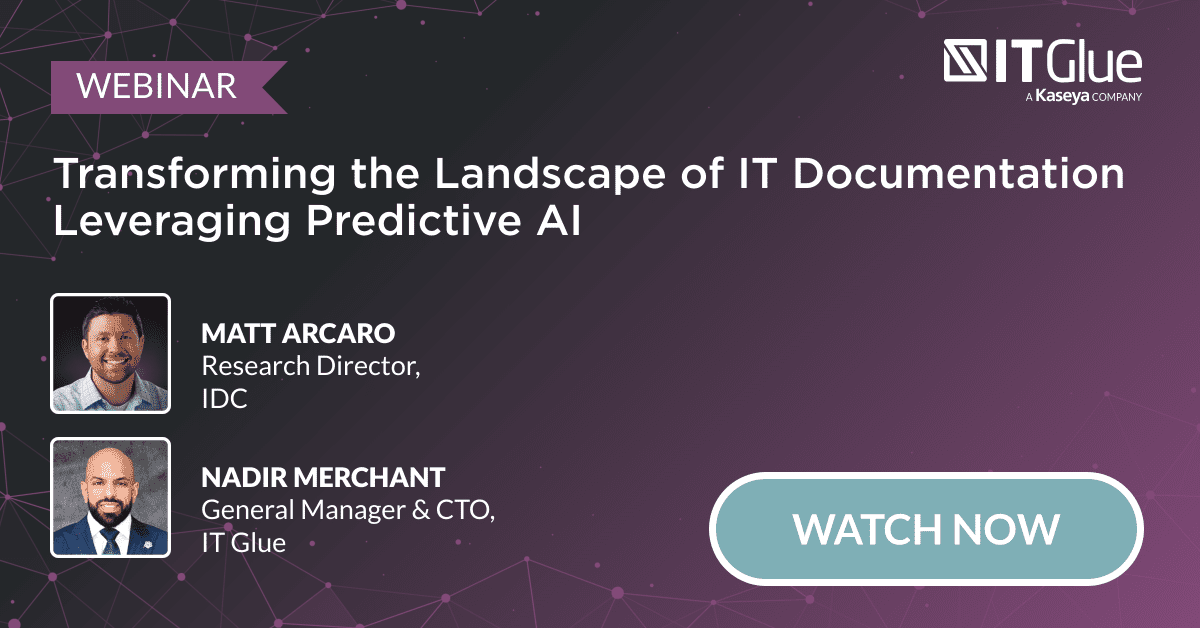Does a new hire cost you $35,088?
BY IT GLUE | September 27, 2016
Did you know that it takes an average MSP 10 weeks to onboard a new hire and get them to 80% productive? Did you know that it takes a best-in-class MSP only 4 weeks?
Here’s a little breakdown of the true cost of a new $60,000 technical hire, or $43/hour fully burdened (Warning: this may shock and amaze you), and how dramatically the cost of onboarding differs between an average and a best-in-class MSP:
Average MSP
Total cost: $35,088 | Best-in-class MSP
Total cost: $12,642 |
Opportunity cost
Which cost do you prefer? “Opportunity cost” in this case is the cost of this employee not being able to produce for your organization, either in terms of billable hours or effective service time, and assumes a target gross margin of 50%, meaning you would be looking for an effective billable rate of $86/hour (hopefully yours is higher than this, which would only make the above table that much more shocking).
Keep in mind that these costs do not include any other new hire fees such as recruiting fees, equipment, licensing, etc. And don’t forget to consider the cost of your senior people not working at peak productivity because they are training the new person.
So, when you consider the cost of bringing in a new employee, you may want to put some thought into how you can make your process best-in-class rather than just average. How do leading MSPs reduce onboarding time for new employees so dramatically? I thought you’d never ask!
Reducing onboarding time: How?
Up-front identification of the right candidates
If you hire the wrong people, no amount of process, documentation or training is going to help you. Consider “top grading” or variations of the same.
A comprehensive new employee on-boarding program
The more you can immerse a new hire into your company “way”, the more quickly they’ll absorb everything you’re throwing at them. This onboarding program can include everything from key processes, to tools, to job shadowing.
Internal and client documentation
In the managed services industry, MSPs are constantly trying to balance great service with great value for our customers. By establishing a standardized approach to documentation, a new hire will be able to very quickly learn both about your internal processes and your customer environments.
Here’s a great test to see how good your documentation is:
- Bring a new hire in and point them at a service ticket for a customer they’ve never seen. They’re not allowed to talk to anyone or use the web, but they are welcome to use your RMM & PSA tools – e.g. Autotask or ConnectWise. How effective are they at getting the job done?
- Now compare this to the engineer who knows this customer best, and calculate the cost to your organization (using the approach above) for a single ticket.
Here’s a tip I learned from the break/fix days of IT: your customers are not willing to pay you to research stuff or re-learn tasks that “you should know already”. Don’t be fooled that a fixed-fee managed services contract will save you. It won’t, because with poor documentation, you won’t be profitable. Even if you don’t care about making money, the customer perception of your service is drastically degraded if you have inefficient processes.
Standardization
Not to belabor this point too much, but no amount of awesome documentation is going to help you if your new hire needs to learn how to support 28 different types of firewalls. You’ll need to put some effort into standardizing your technology stack across your customer base, which will dramatically decrease the amount of effort that goes into training a new hire and will also allow you to bring in hires at a lower price point to perform the same tasks.
Parting thoughts
The MSP industry as a whole is becoming more competitive, and it won’t be long before either the MSP next door, or an emerging global company, is knocking on your customers’ doors and ready to eat your lunch. They’ll be doing it at a lower price. And they’ll be making more money than you.
Running a lean business is all about removing waste. If you aren’t constantly looking for ways to become more efficient (and onboarding a new employee is a great example), you may be marking yourself for extinction. Look at the people, processes and technologies in your business to create action around those “gem” initiatives which can create efficiency gains for your business.
